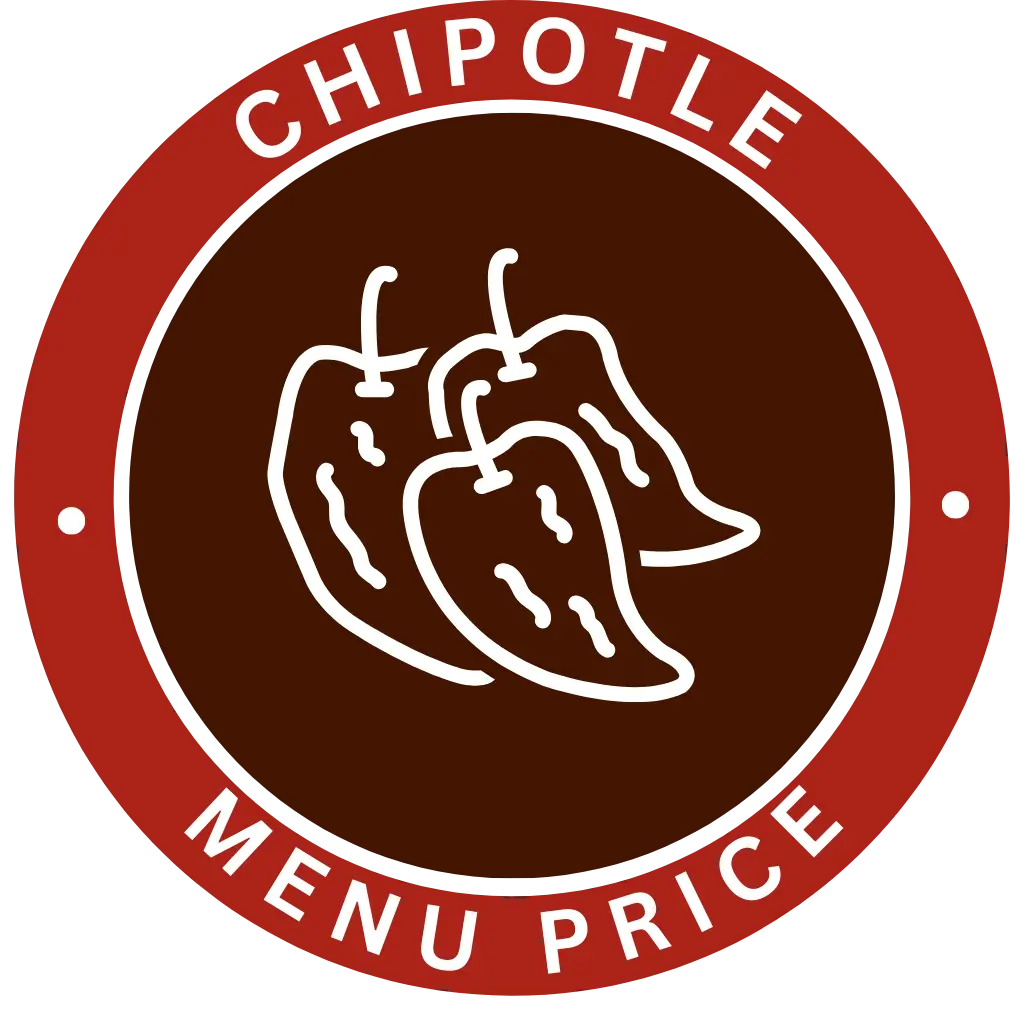How Are Loyalty Rewards Calculated?
Introduction
Programs based on loyalty awards have evolved into a necessary tactic for companies trying to keep consumers and promote returning business. These initiatives give consumers incentives depending on their purchase behavior, interaction with a brand, and involvement. Although loyalty programs look simple, the computation of rewards calls for a complicated methodology considering several elements.
From tiered memberships and tailored offers to point-based systems, companies employ a range of strategies to guarantee their loyalty programs remain enticing and successful. Knowing how loyalty rewards are computed helps one to better appreciate how companies balance profitability with client retention.
Point-Based Systems Of Loyalty
The point-based system is among the most often used loyalty incentive schemes. This approach gives every dollar a customer spends a particular value. A company might, for example, give one point for every dollar spent, with a minimum point requirement for redeeming incentives. Usually simple, the computation of these points is done by companies integrating extra layers to increase system dynamism.
Some schemes, for instance, let consumers earn double or triple points on purchases by using multipliers during promotional seasons. Higher earning rates for particular goods or services could be offered by others, encouraging consumers to concentrate their purchases in particular spheres. Still another important consideration is the point to reward conversion rate. While some schemes let consumers redeem 100 points for a $1 discount, others might utilize various conversion rates to guarantee that the benefits balance consumer value with corporate sustainability.
Tiered Loyalty Programs
Tiered loyalty programs add still another degree of difficulty in reward computation. These initiatives classify consumers according to their expenditure pattern into several levels. Entry-level, mid-tier, and premium tiers—each with different advantages and point accumulation rates—are common examples.
Usually, companies impose particular spending limits to ascertain the tier of a consumer. For example, a consumer who spends $500 a year can be eligible for a higher tier with extra point multiplies or special discounts. In tie-red programs, loyalty reward computation takes into account not only expenditure but also frequency of purchases, interaction with promotional offers, and terms of membership. Higher tiers mean more profitable rewards, which motivates consumers to keep using their services and up the loyalty ladder.
Discount-Based Rewards And Cash-Back
Discount-based incentives or cash-back provide still another way to determine loyalty rewards. Under such schemes, consumers get a portion of their whole expenditure as a thank-you. For instance, a company might provide a 5% cash-back incentive, therefore giving the consumer $5 for every $100 spent.
Usually, the computation of cash-back benefits considers eligibility criteria such purchase categories or spending limits. While some programs keep a flat-rate structure, others give more cash-back percentages for particular kinds of expenditures, including groceries or travel expenses. Apart from regular cash-back incentives, companies might create limited-time campaigns so consumers can save more money on deliberate purchases, therefore affecting their purchasing behavior.
Tailored And Engagement-Based Awards
Many companies now include tailored rewards into their loyalty programs as data analytics and artificial intelligence develop. These initiatives examine consumer behavior, interests, and purchase history to create offers that appeal to particular people. Personalized incentive calculations track important benchmarks such as average order value, buy frequency, and interaction with marketing activities.
Bonuses Rewards And Gamification
Gamification has gained popularity as a means of improving loyalty programs by means of more involved reward accumulating. Companies mix gaming components such as challenges, accomplishment badges, and surprise raja138 bonuses to keep consumers interested. The computation of these benefits depends on predetermined criteria, such as reaching a spending milestone or completing a set number of purchases inside a given period.
Often utilized to inspire particular actions are bonus incentives as well. For suggesting a new customer or offering a review, for instance, a merchant might grant an additional 1,000 points. Comparably, seasonal or holiday promotions can feature computed unique bonuses based on limited-time offers. These techniques guarantee that consumers feel rewarded for their devotion and keep them constantly involved in the campaign.
Policies About Expiration And Redemption
Although loyalty awards are mostly appealing to consumers, companies also have to take program sustainability into account including expiration and redemption policies. Many loyalty schemes include expiration dates on earned points, therefore guaranteeing that consumers make use of them within a designated period. With some programs resetting expiration dates every time a consumer makes a purchase, the computation of award expiration usually considers account activity.
Furthermore affecting the computation of incentives are redemption rules. Some companies use tie-red redemption systems whereby more points are needed for higher value incentives. Others impose minimum redemption criteria, therefore deterring consumers from routinely cashing out little incentives. Carefully arranging expiration and redemption policies helps companies make sure their loyalty programs are both appealing and financially feasible.
Data Analytics’ Part In Loyalty Reward Calculations
Contemporary loyalty programs use data analytics to adjust incentive estimates. Companies compile and examine consumer information to identify preferences, spending trends, and degrees of involvement. Armed with this knowledge, they can change reward systems, allocate points differently, and start focused campaigns.
Predictive analytics, for instance, might enable companies to spot consumers who might get disengaged and provide individualized incentives to keep them. Data analysis also lets companies break out their customer base and offer customized incentives fit for various consumer behavior. Businesses can guarantee that rewards remain relevant and valuable to their consumers by always tracking and improving their loyalty programs.
Conclusion
Calculated using a range of techniques, each meant to maximize engagement and support customer retention, loyalty rewards A well-rounded loyalty program is created in part by point-based systems, tiered memberships, cash-back benefits, and customized incentives. To keep program efficacy while juggling financial concerns, companies also include gamification, additional prizes, and expiration rules.

